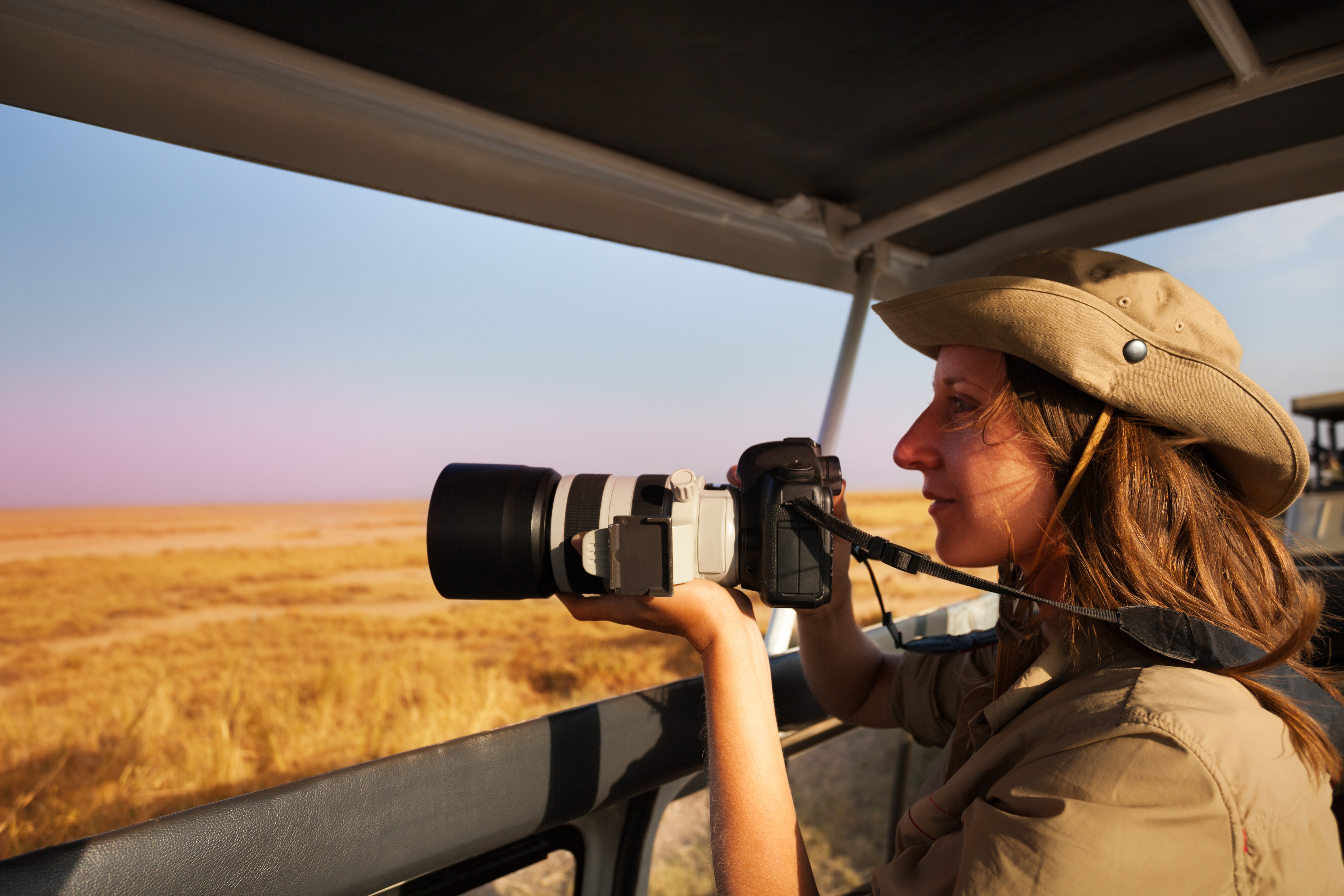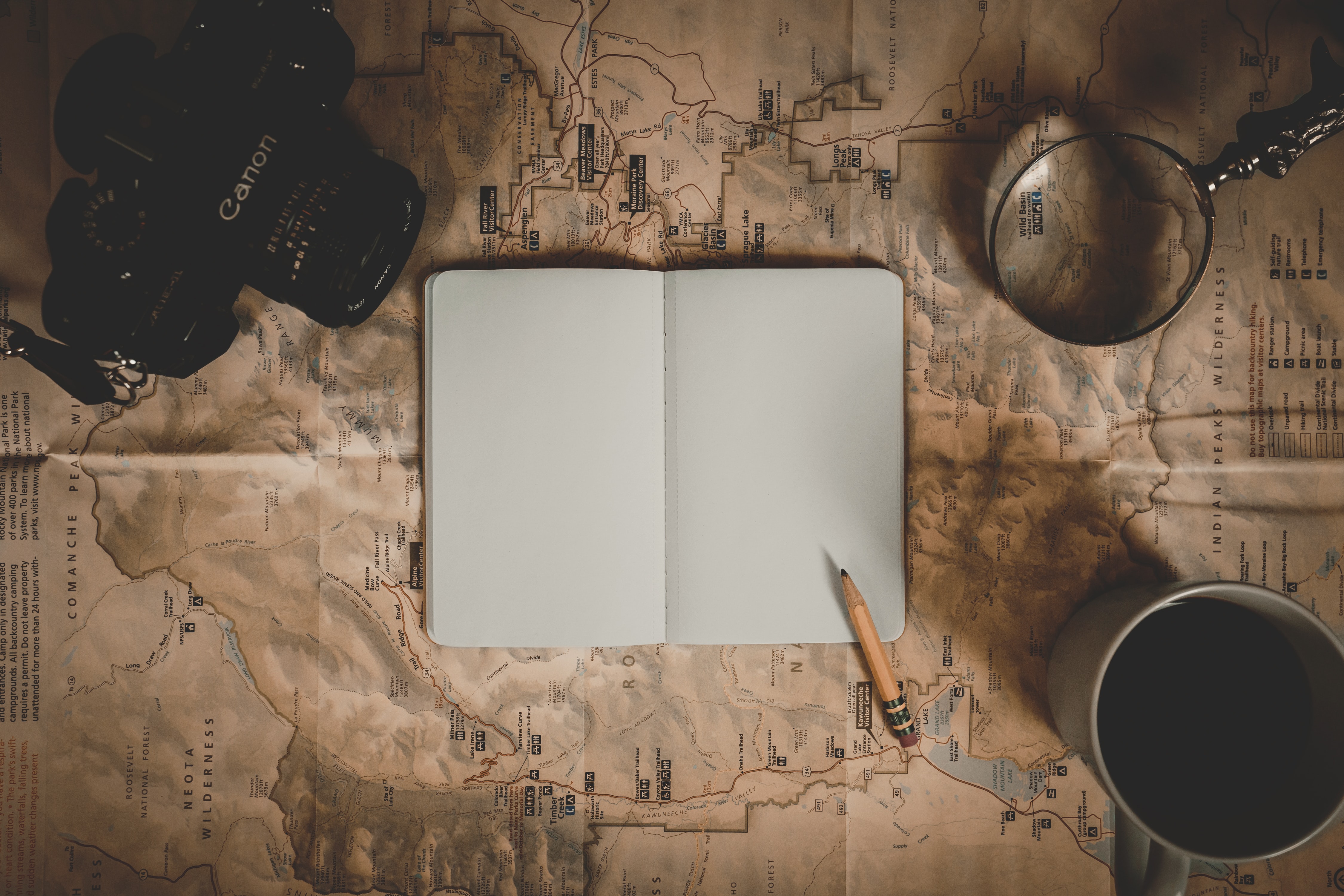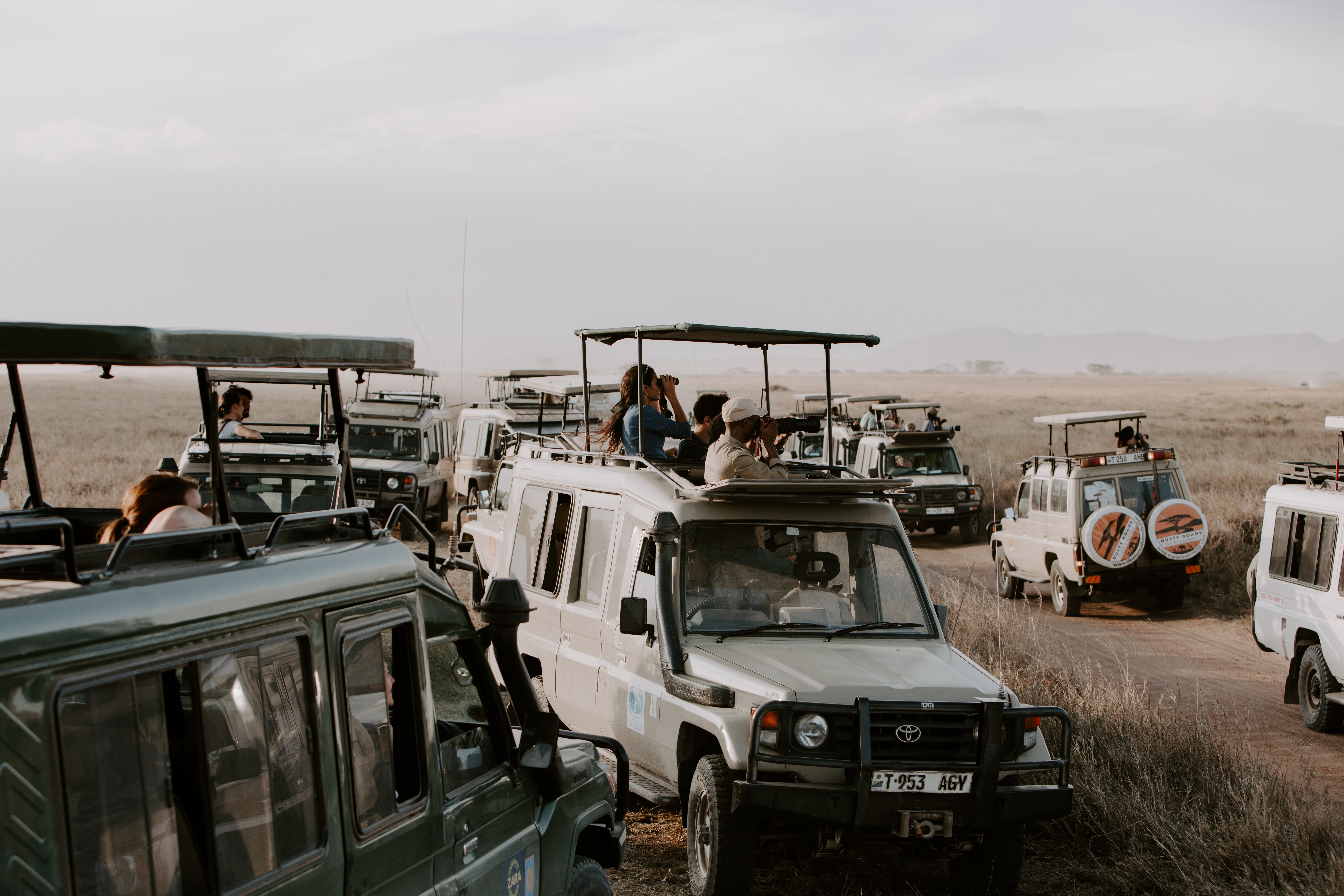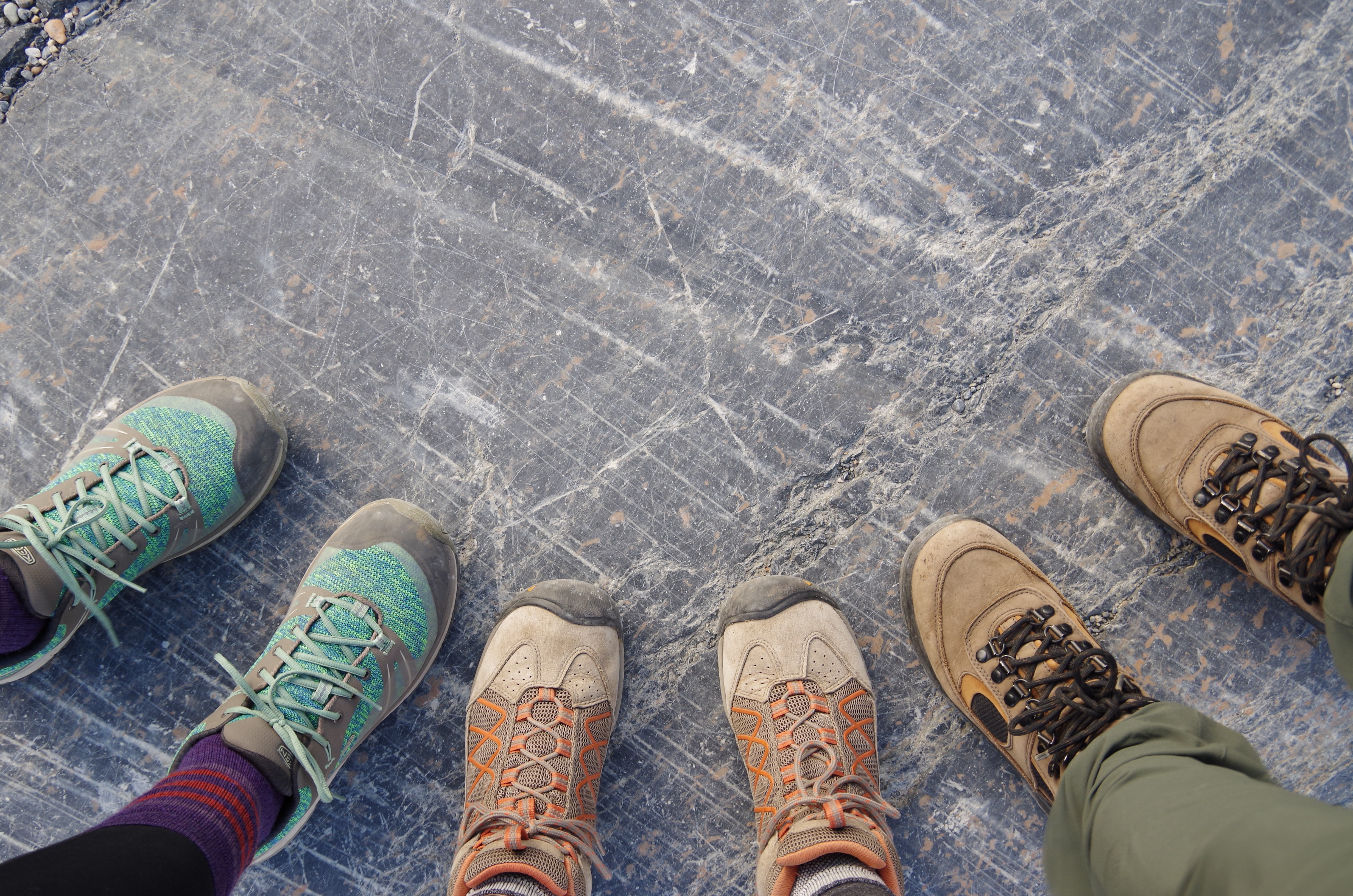Packing your suitcase for a safari
Published on December 17, 2024
Safari is the trendiest trip of the moment. Once you have chosen your destination and safari route and gathered all the practical advice (price, duration, visa, flights, agency…), it's time to get ready. You are about to observe and coexist with the big 5. But often, when it comes time to pack, you don't really know what is necessary. Here is a guide to help you prepare your special safari suitcase for Africa.
Composition of the suitcase
The contents of your suitcase may vary slightly depending on the season or the country you are visiting. Don't hesitate to check the seasonal temperatures and countries directly on our site. But be aware that even in summer, with high daytime temperatures, sweaters, fleeces, parkas, and raincoats are necessary, as safaris often start before sunrise and the temperature can drop very low. Some regions are also very humid, especially in summer. This guide will help you pack your suitcase with peace of mind, no matter what season you are traveling in.
Suitcase or Bag?
The question often arises when leaving for safaris: is it possible to bring a suitcase? Not always. You should know that your luggage will be strapped to the roof of a 4x4 during your tour. Some companies organizing safaris do not allow you to have a hard suitcase that takes up space and is not practical. We therefore advise you to use soft travel bags rather than suitcases. You will probably have several transfers and it will be easier to have a soft travel bag than a hard suitcase.
Note, a backpack is essential for the days, so you can carry all your personal belongings listed below.

Clothes? What should I take?
- A hat or a cap to protect yourself from the sun and avoid sunstroke
- A scarf, another essential accessory with multiple uses. The scarf can help you avoid too much sun on your head, prevent sunburn, rain, cold, and mosquitoes. It's up to you to find the best use for it.
- A sweater and/or a fleece. It can be very cold at sunrise in the national park.
- A parka or a raincoat: like the fleece, the parka can be useful at sunrise or sunset, but also in case of rain.
- Light and functional clothes in which you feel comfortable and ABOVE ALL clothes in neutral colors. Absolutely avoid white which is visible from afar and gets dirty very quickly with dust, as well as bright colors which attract mosquitoes and tsetse flies. Remember to take t-shirts with and without sleeves, as well as short and long pants.
- A swimsuit if you have access to the pool when you return from the parks in the evening.
- A sports bra for more comfort, especially with the bumps of the 4x4s.
To find clothes suitable for safaris, you can go to sports stores or look directly online.
What type of shoes?
Comfortable and closed shoes are the most recommended for 4x4 safaris.
If you are doing a walking safari, it is essential to choose hiking or walking shoes. We advise you to break in your shoes before leaving, to avoid pain and discomfort.
A pair of sandals or flip-flops can also be considered for returning to the lodge in the evening, to let your feet breathe.

Equipment and accessories?
- Important documents: passport and visa
- A guide on the different animals (birds and mammals), to follow and better understand your safari
- A practical Le Petit Futé guide to orient and advise you wherever you go
- A mosquito repellent, mosquito repellent is essential on safari
- Sunscreen, to avoid coming back red as a lobster due to the scorching heat in the heart of the parks
- A lip balm, between the heat, wind, and cold, your lips will tend to dry out, which is never very pleasant
- Sunglasses for obvious reasons and against the dust
- A lamp or a headlamp: whether you choose the camping or lodge option, a lamp will be useful in case of a light curfew
- A water bottle or filtered water bottle to stay hydrated throughout the day. If you are staying in lodges, a simple water bottle will suffice. However, if you are doing your safari on your own, drinking water may be scarce, so a filtered water bottle will be useful. A filtered water bottle is a bottle with one or more water filters, integrated directly into the bottle. This way, you can drink clean and healthy water, you can fill your bottle from any non-salty water source.
- Binoculars, an essential safari accessory. Indeed, some animals may be quite far away and therefore difficult to see with the naked eye. Binoculars will help you enjoy this spectacle with more precision and detail.
- A camera to immortalize these precious memories with beautiful photos
- Adapters to recharge your electronic devices in the evening
- A kit with first aid medicines. Check with your doctor before leaving, as some safari areas are risk zones for malaria or other diseases. Also, check if any vaccines are required before your departure.
To Do List
To help you not forget anything, we have made a list for you with the essentials you need to leave. Simply check the boxes of what you have already put in your suitcase.
To download the list in French Click here
Para descargar la lista en español Pulse aquí
To download the To Do List in English Click here
And there you go, your suitcase is ready. You are all set to go on an expedition. Have a good trip!
If you haven't booked your safari in Africa yet: request a free quote from our local agencies

A website by
Customize your trips with Quotatrip and receive tailor-made offers directly in your inbox.
Discover a country
